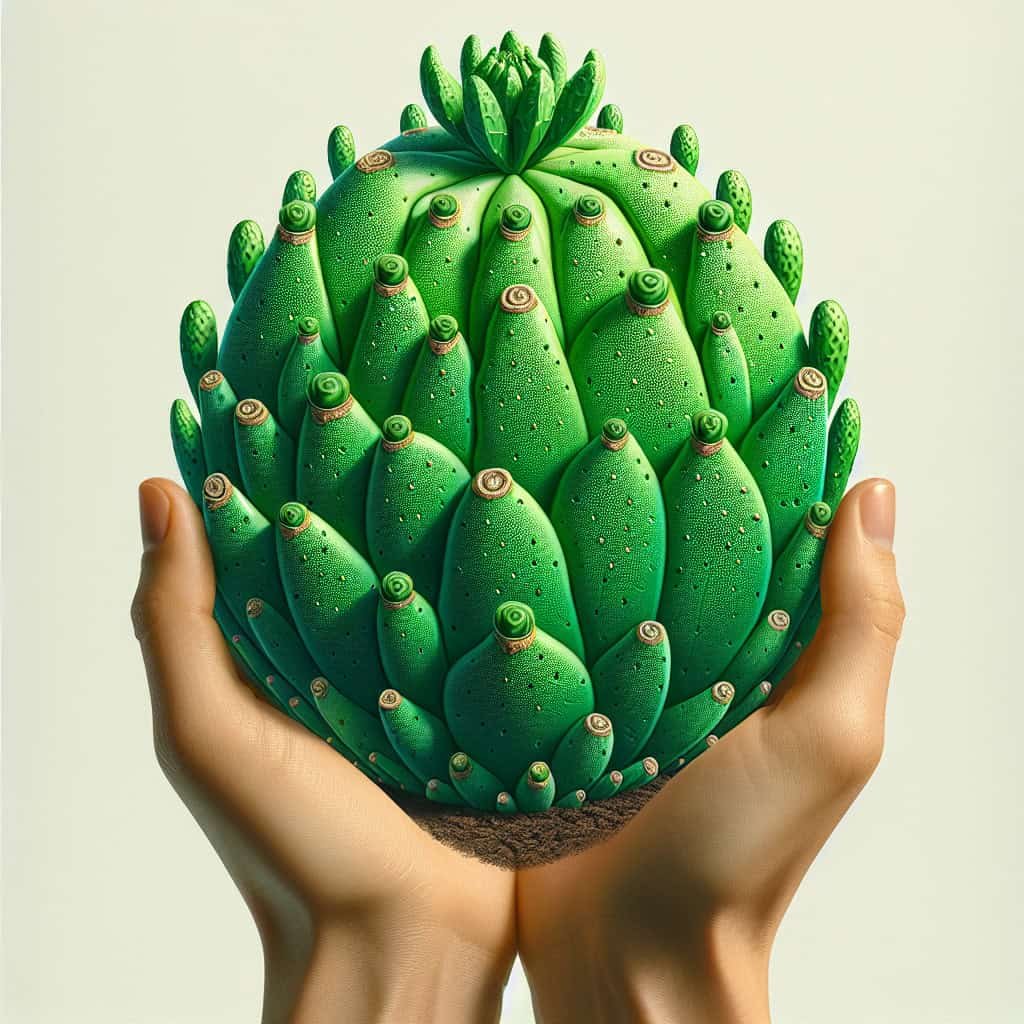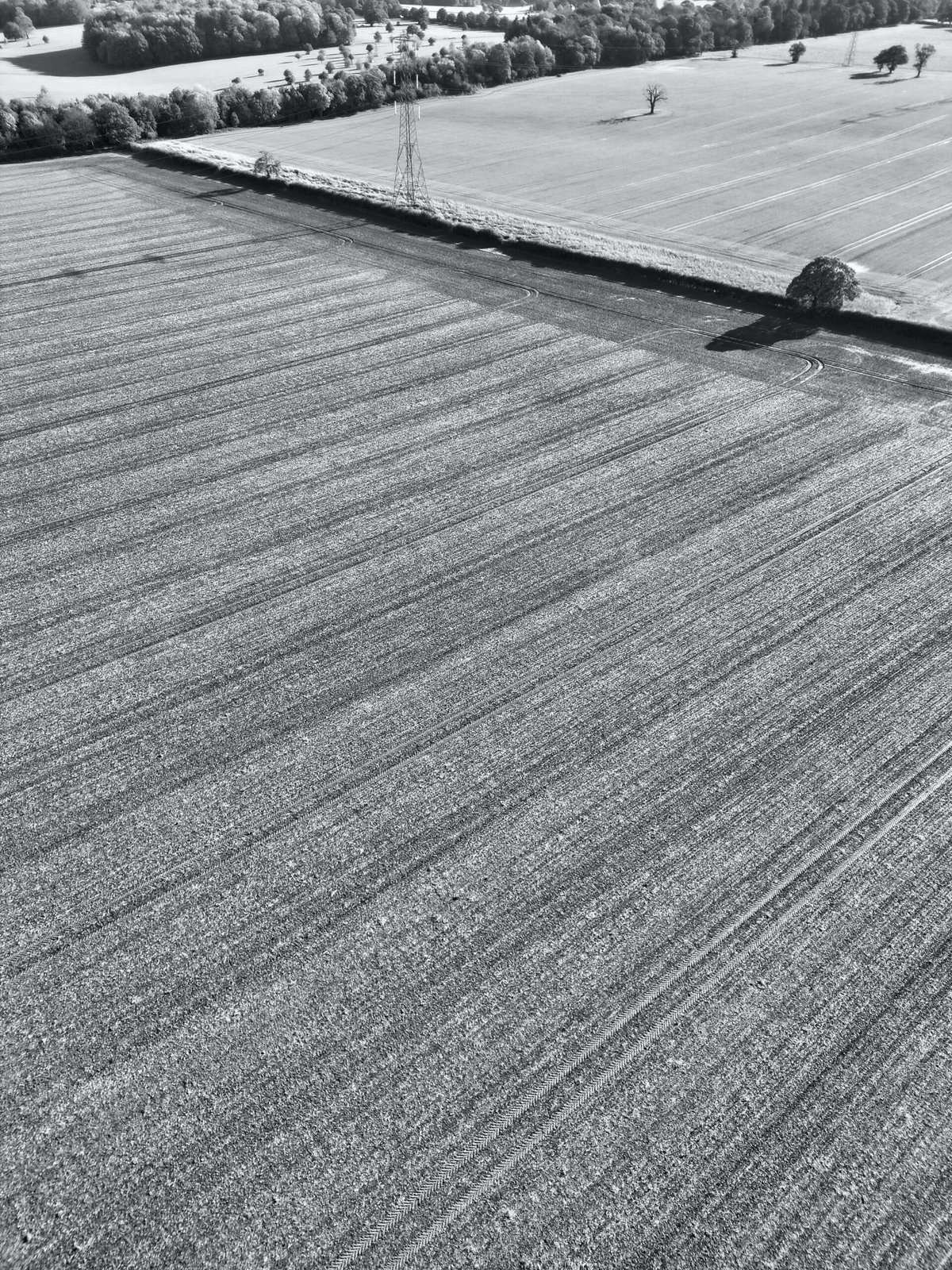Are you a proud owner of a nopal plant, but find yourself wanting more pads? If you’re wondering how you can encourage your nopal to produce an abundance of pads, look no further! In this article, we will explore some simple and effective techniques that will help your nopal thrive and increase its pad production. So, get ready to witness the growth and beauty of your nopal like never before!
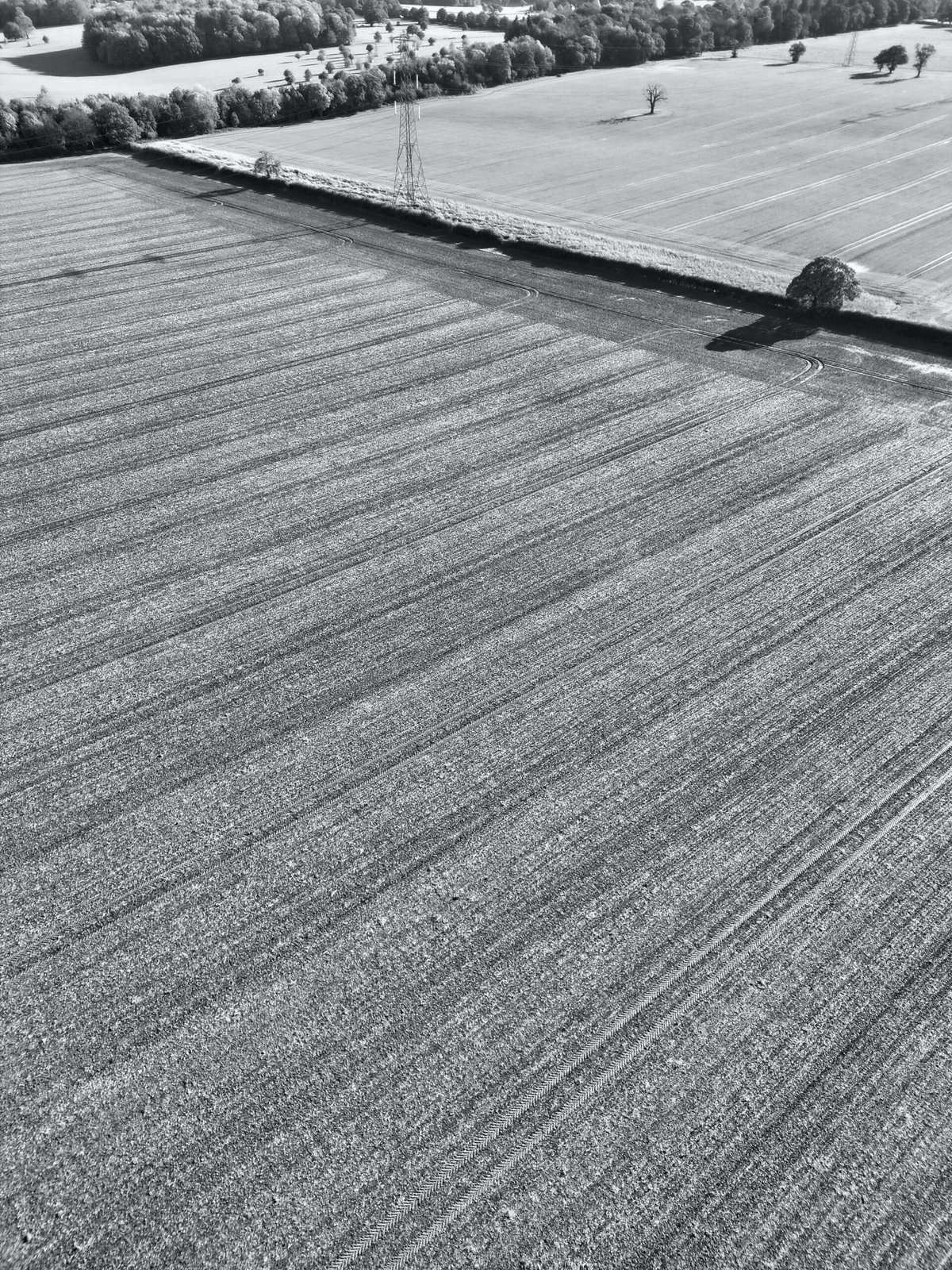
Factors Affecting Nopal Pad Production
Climate and Temperature
The climate and temperature play a crucial role in the production of nopal pads. Nopal, also known as prickly pear cactus, thrives in warm and arid climates. It requires a minimum temperature of 50°F (10°C) to grow properly. Extreme cold temperatures can damage the plant, while freezing temperatures will likely kill it. Therefore, it is important to choose a location with a suitable climate for nopal production.
Sunlight Exposure
Sunlight exposure is another important factor when it comes to encouraging nopal to produce more pads. Nopal plants require at least six hours of direct sunlight each day to ensure optimal growth. Without sufficient sunlight, the plant may become weak and spindly, resulting in a decreased production of nopal pads. It is essential to choose a location that provides ample sunlight for the nopal plants.
Soil Conditions
The soil conditions greatly influence the productivity of nopal pads. Nopal plants thrive in well-draining soil with a pH level ranging from 6 to 8. Sandy or loamy soil types are ideal for nopal cultivation. It is important to ensure that the soil is not overly compacted, as it may hinder root development and nutrient absorption. Additionally, incorporating organic matter such as compost or well-rotted manure can improve the soil structure and fertility, leading to better pad production.
Watering and Moisture Levels
Proper watering and moisture levels are crucial for encouraging nopal to produce more pads. Nopal plants are drought-tolerant and prefer dry conditions. Overwatering can lead to root rot and other fungal diseases, negatively impacting the pad production. On the other hand, underwatering can cause the pads to become dry and shriveled. The key is to maintain a balance by watering the plants deeply but infrequently. It is important to allow the soil to dry out between watering sessions to promote healthy pad growth.
Fertilization and Nutrient Balance
Fertilization and nutrient balance are essential for optimal growth and pad production in nopal plants. Before planting, it is recommended to conduct a soil test to determine the nutrient composition and pH level of the soil. Based on the test results, appropriate fertilizers can be applied to provide necessary nutrients, especially nitrogen, phosphorus, and potassium. It is important to follow the recommended dosage and avoid excessive fertilizer application, as it can cause nutrient imbalances and may harm the plant. Regularly monitoring and maintaining the nutrient balance in the soil will ensure healthy nopal pad production.
Pruning and Propagation Techniques
Pruning for Pad Production
Pruning plays a vital role in promoting nopal pad production. Proper pruning techniques can help maintain the size and shape of the plant, improve air circulation, and stimulate new pad growth. It is recommended to prune nopal plants during their dormant period, usually in late winter or early spring. Start by removing any dead, damaged, or diseased pads. Then, selectively prune the remaining pads to promote new growth and maintain a balanced structure. Pruning shears should be disinfected before use to prevent the spread of diseases.
Stem Cutting Propagation
Stem cutting propagation is a common method used to propagate nopal plants and increase pad production. To propagate nopal through stem cuttings, select a healthy pad from a mature plant. Using a sharp and sterilized knife, cut the pad at a diagonal angle, making sure to leave a small portion of the previous pad attached. Allow the cut pad to dry and callous for a few days before planting it in a well-draining soil mixture. Keep the soil slightly moist and provide indirect sunlight until the cutting establishes its own root system.
Cladode Propagation
Cladode propagation is another effective technique to propagate nopal plants. In this method, a mature and healthy cladode (segment) is detached from the main plant. It is important to select cladodes that are at least one year old and have visible areolas. Allow the detached cladode to dry and callous for a few days before planting it in a well-draining soil mixture, similar to stem cuttings. Keep the soil slightly moist and provide indirect sunlight until the new plant is established.
Grafting Methods
Grafting is a technique used to combine the desirable traits of different nopal varieties. It can also promote pad production in specific plant varieties. The process involves joining a suitable rootstock with a desired scion (the part of the plant to be grafted). Grafting should be conducted by experienced individuals, as it requires precision and knowledge of grafting techniques. Successful grafting can result in improved pad production and overall plant vigor.
Pest and Disease Management
Identification and Control of Common Pests
Pests can significantly affect nopal pad production, but identifying them early and implementing proper control measures can help minimize damage. Some common pests that infest nopal plants include cochineal insects, mealybugs, scale insects, and caterpillars. Regularly inspect the plants for any signs of pest infestation, such as distorted pads, sticky honeydew, or discolored foliage. Effective pest control methods include manual removal, using insecticidal soaps or oils, introducing beneficial insects, or employing physical barriers like netting.
Preventing Diseases
Preventing diseases is crucial for maintaining healthy nopal plants and maximizing pad production. Fungal diseases, such as root rot and anthracnose, and bacterial diseases, like soft rot, can pose significant threats. To prevent diseases, ensure proper watering practices by avoiding overwatering and providing adequate drainage. It is also important to maintain good air circulation and avoid overcrowding of plants. Removing and disposing of any infected or decaying plant material promptly can help prevent the spread of diseases.
Treating Nopal Diseases
If nopal plants do become infected with diseases, it is important to take immediate action to minimize the impact on pad production. Fungal diseases can be treated with appropriate fungicides, following the product instructions carefully. Bacterial diseases often have no specific treatments, and the affected plants should be removed and destroyed to prevent further spread. Consulting with a local extension service or plant pathology expert can provide guidance on proper disease identification and control methods.
Proper Harvesting Practices
Harvesting Timing
Knowing the right timing for harvesting nopal pads is essential to ensure optimal quality and encourage continued pad production. Nopal pads should be harvested when they reach a suitable size, typically about 4 to 6 inches (10 to 15 cm) in length. Harvesting should be done during the early morning hours when the pads are turgid and contain maximum moisture content. Waiting too long to harvest may result in tough and fibrous pads, while harvesting too early can limit the plant’s ability to produce new pads.
Correct Harvesting Techniques
Proper harvesting techniques are necessary to prevent damage to the nopal plant and ensure a continuous supply of pads. To harvest a nopal pad, grasp it firmly near the base and use a clean knife or pruning shears to cut the pad just above the joint where it attaches to the main stem. It is important to make a clean and slanted cut to minimize damage to the plant. Avoid tearing or twisting the pad, as it can harm the plant and reduce future pad production.
Handling and Storage Guidelines
After harvesting, it is important to handle the freshly harvested nopal pads with care to maintain their quality for long-term production. Remove any spines or glochids from the pads using gloves or a soft brush. Rinse the pads with water and pat them dry gently. To maximize their shelf life, store the pads in a cool, dry, and well-ventilated location. Nopal pads can be refrigerated for up to a week or preserved through various techniques, such as drying, canning, or freezing.

Using Growth Hormones and Supplements
Benefits and Risks of Growth Hormones
Using growth hormones in nopal production can provide certain benefits, but it is essential to understand the risks associated with their use. Growth hormones can stimulate root development, enhance pad production, and improve overall plant vigor. However, excessive use or misuse of growth hormones can lead to hormonal imbalances, reduced plant health, and adverse environmental effects. It is advisable to follow the recommended dosage and application methods provided by experts or product labels to minimize risks.
Recommended Hormonal Applications
If using growth hormones, it is important to make informed decisions about their application in nopal pad production. Hormonal applications, such as auxins and cytokinins, can be applied as rooting hormones during propagation to stimulate root growth. Additionally, foliar sprays of growth regulators can be used to promote pad production and increase the number of pads per plant. It is crucial to choose appropriate hormones and apply them at the correct stage of plant development for optimal results.
Understanding Supplement Usage
Supplements can play a role in supporting nopal pad production by providing essential nutrients and boosting plant health. However, understanding their usage and choosing the right supplements is essential. Organic and slow-release fertilizers can be used as supplements to provide additional nutrients to the plants. It is important to select supplements that are compatible with nopal’s nutrient requirements and follow the recommended dosage to avoid overfertilization. Regular monitoring of the plants’ response to supplements is necessary to ensure their effectiveness.
Natural Alternatives
For those who prefer a more natural approach, there are several alternatives to growth hormones and supplements for encouraging nopal pad production. Enhancing soil fertility through organic matter amendments, compost teas, or beneficial microbial inoculants can promote nutrient uptake and overall plant health. Adequate crop rotation, intercropping with nitrogen-fixing plants, and practicing mulching techniques can also improve soil fertility naturally. Observing and maintaining a healthy ecosystem in the garden, including providing habitat for beneficial insects and birds, can contribute to a balanced and productive nopal pad production.
Crop Rotation and Companion Planting
Benefits of Crop Rotation
Crop rotation is a valuable practice in nopal pad production as it helps prevent soil depletion and reduces the risk of diseases and pests. By rotating crops, the nutrient demands of nopal plants can be balanced, reducing the need for excessive fertilization. Additionally, crop rotation can break pest and disease cycles, as different plant species attract and repel different pests. Rotating nopal with compatible plant species can improve soil structure, enhance nutrient availability, and promote overall plant health.
Companion Plants for Nopal
Companion planting is a technique that involves growing mutually beneficial plant species together. When it comes to nopal pad production, certain companion plants can provide numerous benefits. Marigold and basil are known to repel pests that commonly infest nopal plants. Additionally, leguminous plants, such as beans or peas, can improve soil fertility by fixing atmospheric nitrogen, benefiting the nopal plants. Planting compatible species alongside nopal can create a diverse and balanced garden ecosystem, leading to increased pad production.
Preventing Soil Depletion
To prevent soil depletion and ensure long-term nopal pad production, it is important to implement practices that maintain soil health and fertility. Avoiding excessive harvesting and ensuring proper plant spacing can prevent overcrowding and competition for nutrients. Regularly incorporating organic matter, such as compost or well-rotted manure, into the soil can replenish essential nutrients and improve soil structure. Additionally, practicing cover cropping during the off-season can protect the soil from erosion and provide organic matter when turned into the soil.
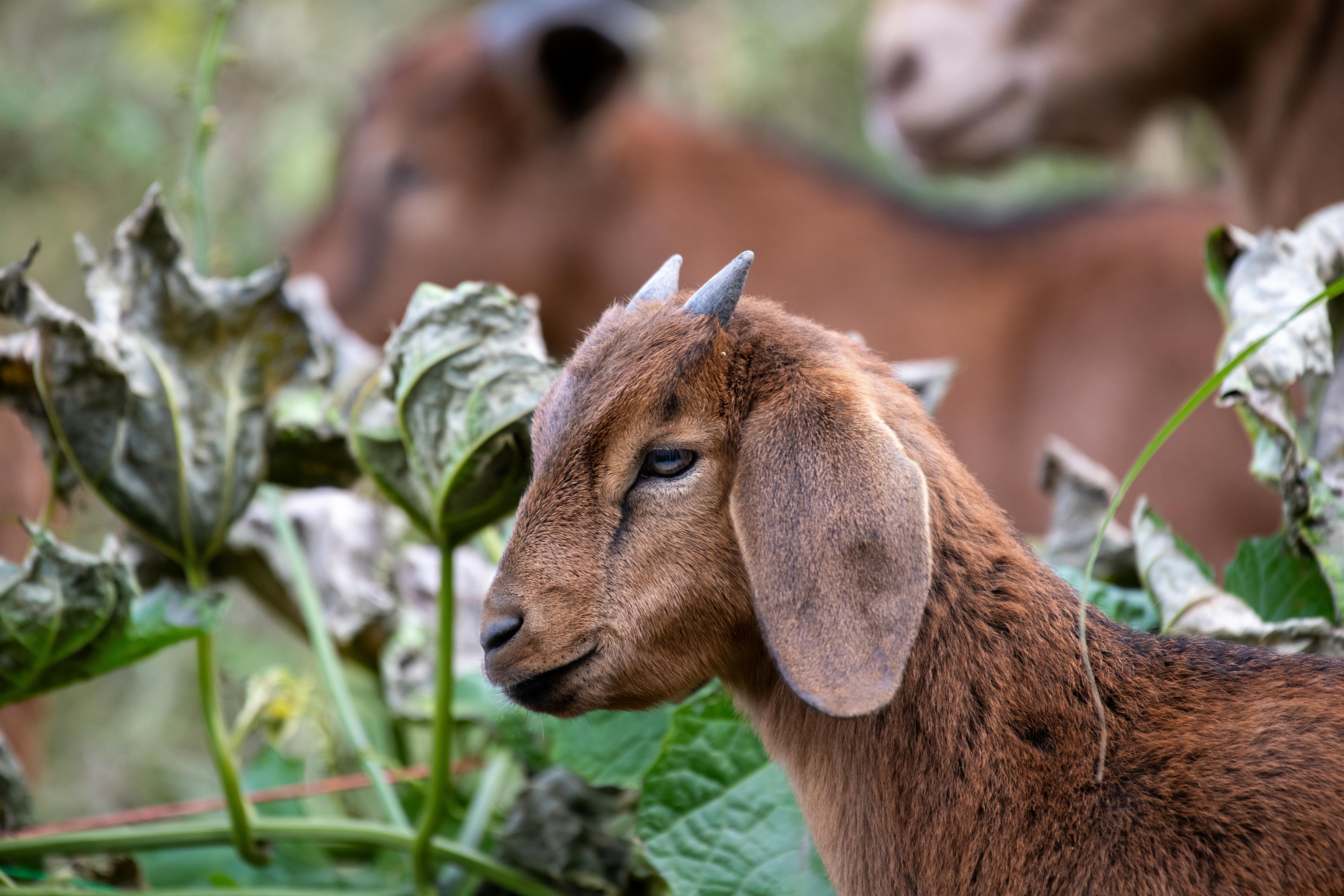
Managing Nopal Pests
Common Nopal Pests
Nopal plants can fall victim to various pests that can hinder pad production. Common pests that affect nopal include the cochineal insects, mealybugs, scale insects, and caterpillars. Cochineal insects, for example, feed on nopal pads, resulting in weakened and disfigured growth. Mealybugs and scale insects secrete honeydew, leading to the growth of sooty mold and overall plant decline. Caterpillars, such as the cactus moth, can devour nopal pads and cause extensive damage. Regularly inspecting the plants for signs of these pests is crucial for effective pest management.
Natural Pest Control Methods
Implementing natural pest control methods can be an environmentally friendly approach to managing nopal pests. Encouraging natural predators, such as ladybugs or lacewings, can help control aphids and other small insects. Introducing beneficial nematodes or predatory mites can help combat soil-dwelling pests like mealybugs and scale insects. Additionally, practicing good garden hygiene, such as removing weeds and fallen plant debris, can minimize pest populations. Using physical barriers like netting or insect mesh can also protect the plants from caterpillar damage.
Organic Pesticides and Insecticides
In cases where pest populations become overwhelming, organic pesticides and insecticides can be used as a last resort. Organic options like neem oil, insecticidal soaps, or botanical extracts can effectively control pests without causing harm to beneficial insects or the environment. When using organic pesticides, it is important to follow the instructions carefully and avoid overapplication. Regular monitoring and early intervention are crucial to prevent pests from causing significant damage to nopal pad production.
Optimal Growing Conditions
Choosing the Right Nopal Variety
Choosing the right nopal variety is essential for maximizing pad production. Different nopal varieties have varying growth habits, pad size, and flavor profiles. Some varieties are specifically bred for higher pad production, while others are more suitable for ornamental use. Consider factors such as the climate, available space, and intended use when selecting a nopal variety. Consulting local nurseries or agricultural extension offices can provide valuable insights into choosing the best variety for your specific growing conditions and pad production goals.
Influencing Temperature and Moisture
While climate and temperature are external factors, certain practices can influence and optimize these conditions for nopal pad production. Providing shade structures or planting nopal near existing structures can help protect the plants from excessive heat or frost during extreme weather conditions. Mulching around the base of the plants can help retain soil moisture and regulate temperature. Regular monitoring of temperature and moisture levels is important in order to make any necessary adjustments and ensure optimal growing conditions for nopal.
Optimizing Soil Attributes
Creating and maintaining optimal soil attributes greatly contribute to successful nopal pad production. Conducting a soil test before planting can provide valuable information on soil composition, pH level, and nutrient deficiencies. Based on the test results, appropriate soil amendments can be incorporated, such as organic matter or pH modifiers, to optimize the soil attributes for nopal growth. Maintaining a well-draining soil structure and avoiding compaction are also important factors to ensure proper root development and nutrient absorption.
Ample Spacing and Proper Planting
Providing ample space and planting nopal correctly are crucial for maximizing pad production. It is recommended to plant nopal pads or seedlings at least 2 to 3 feet (60 to 90 cm) apart to allow for adequate airflow and light penetration. Proper spacing also helps prevent overcrowding, competition for resources, and potential spread of diseases. When planting, ensure that the pads are positioned at the correct depth, with the roots well-covered, and gently firm the soil around the plant. Following proper planting techniques and spacing guidelines will promote healthy growth and optimum pad production.
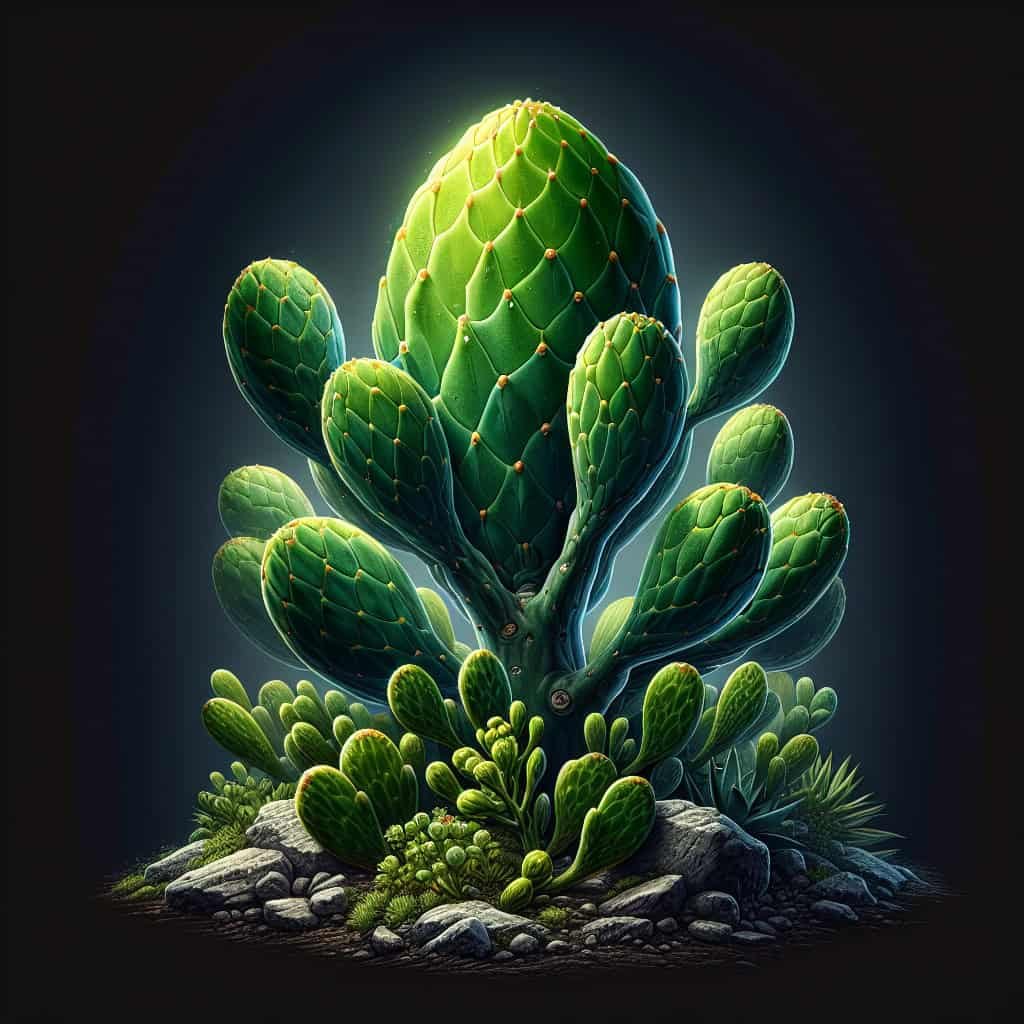
Nopal Pad Production Challenges
Environmental Factors
Nopal pad production may face various challenges due to environmental factors. Extreme weather conditions, such as prolonged drought or excessive rainfall, can have detrimental effects on nopal health and pad production. High winds can also damage and break pads, reducing overall yield. Additionally, unpredictable temperature fluctuations can hinder nopal growth and pad production. Implementing protective measures, such as shade structures or windbreaks, can mitigate these challenges and create a more favorable growing environment.
Disease and Pest Issues
Disease and pest infestations can pose significant challenges to nopal pad production. Fungal diseases like root rot and anthracnose can weaken the plant and reduce pad production. Pests such as cochineal insects or caterpillars can devour nopal pads, leading to reduced yield. Regular monitoring, implementing proper pest and disease management techniques, and maintaining good plant health can effectively address these challenges. Prompt identification and appropriate treatments can help minimize the impact of diseases and pests on pad production.
Maintenance and Care Mistakes
Mistakes in maintenance and care practices can also impact nopal pad production. Improper watering, either overwatering or underwatering, can compromise plant health and reduce yield. Inadequate nutrient management through improper fertilization or nutrient imbalances can hinder pad growth and production. Neglecting pruning and maintenance tasks, such as removing dead pads or providing adequate support for large plants, can result in reduced pad production. Understanding and implementing proper care techniques, along with regular monitoring, can prevent these maintenance mistakes and promote optimal nopal pad production.
Preserving Nopal Pads for Long-Term Production
Drying and Dehydration Techniques
Drying and dehydration are effective methods to preserve nopal pads for long-term production. To dry nopal pads, remove the spines and glochids using gloves or a soft brush. Slice the pads into thin strips or small pieces and lay them in a single layer on drying trays or mesh screens. Place the trays in a well-ventilated area away from direct sunlight and allow the pads to dry for several days to weeks, depending on the humidity and temperature. Once fully dried, store the preserved pads in airtight containers in a cool and dark location.
Canning and Pickling Methods
Canning and pickling are popular methods for preserving nopal pads and extending their shelf life. To can nopal pads, thoroughly clean and remove the spines and glochids. Cut the pads into desired sizes and blanch them in boiling water for a few minutes. Transfer the blanched pads into sterilized jars, adding an appropriate brine or pickling solution. Seal the jars tightly, following proper canning procedures, and process them in a water bath or pressure canner according to recommended times and pressures. Canned nopal pads can be stored in a cool and dark location for several months to a year.
Freezing and Storage Guidelines
Freezing is another effective method for preserving nopal pads. Clean and remove the spines and glochids from the pads, then blanch them in boiling water for a few minutes. After blanching, transfer the pads into airtight freezer bags or containers, removing as much air as possible. Label and date the containers before placing them in the freezer. Frozen nopal pads can be stored for up to a year or longer, but it is recommended to consume them within 6 to 8 months for optimal flavor and quality. Thaw the frozen pads before using them in cooking or other preparations.
In conclusion, encouraging nopal to produce more pads requires considering various factors such as climate, sunlight exposure, soil conditions, watering, pruning techniques, pest and disease management, optimal harvesting practices, hormonal applications, crop rotation, and proper care. By understanding and implementing these strategies, nopal growers can maximize pad production, maintain plant health, and ensure a reliable supply of this nutritious and versatile crop. Whether for culinary use, medicinal purposes, or ornamental value, nopal pad production can be a rewarding endeavor with proper knowledge and application of these techniques.
